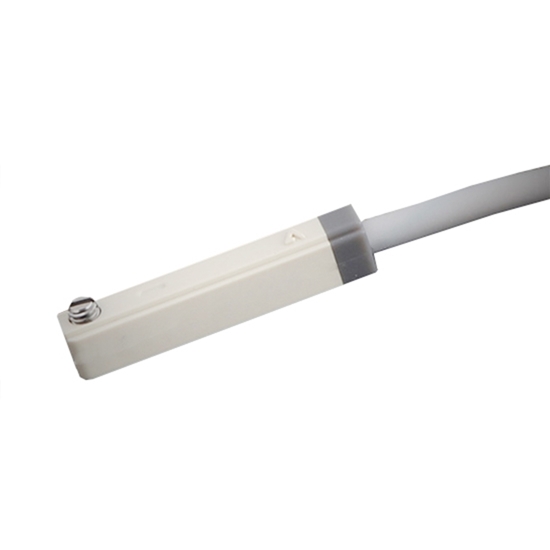
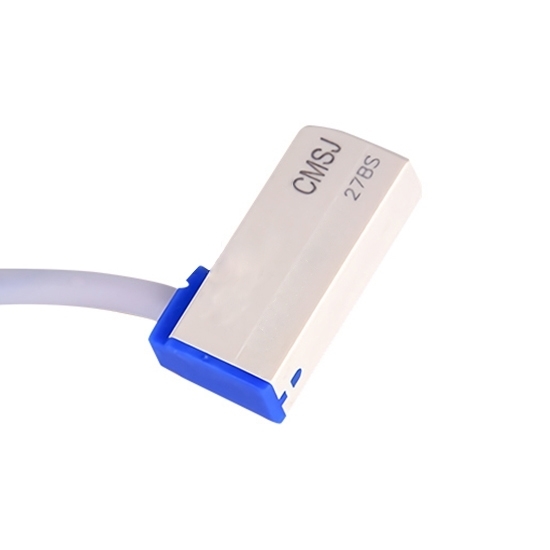
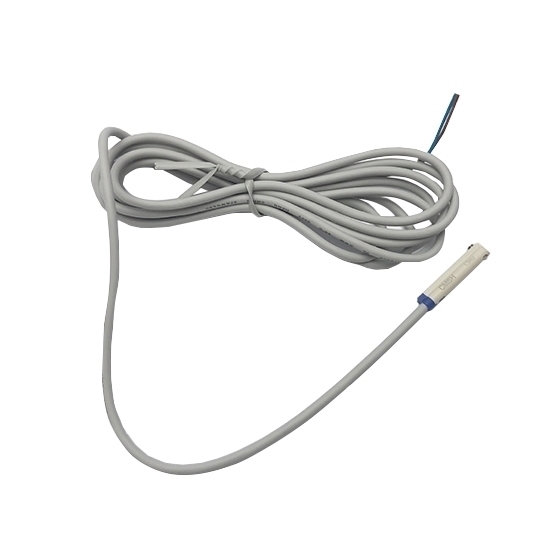
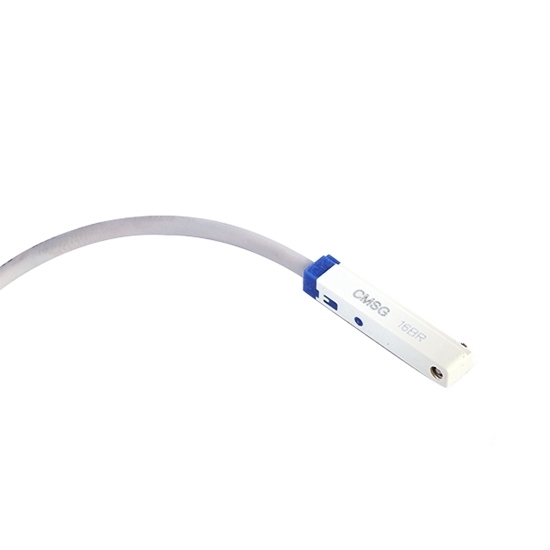
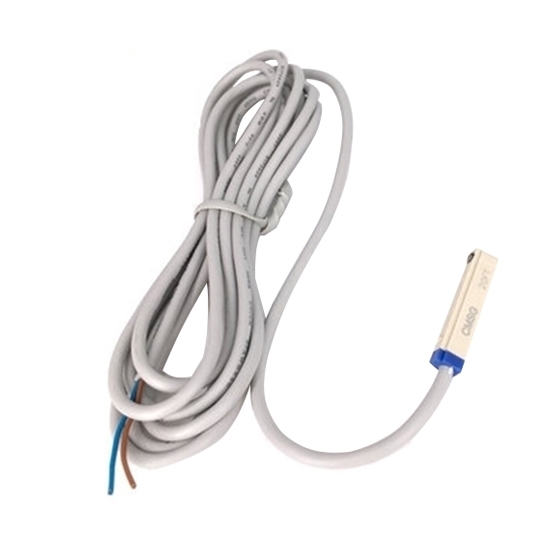
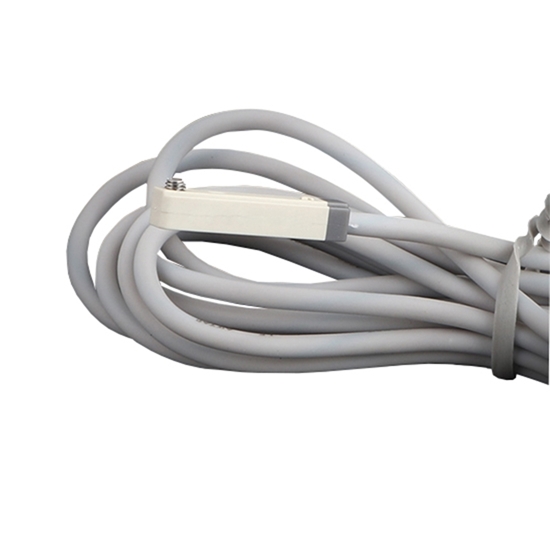
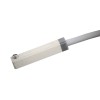
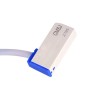
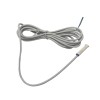
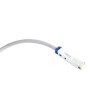
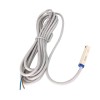
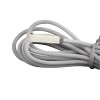
- Stock: In Stock
- Model: RDDLZ-MCS-ET
- Weight: 1.00
- SKU: RDDLZ-MCS-ET
Available Options
The cylinder sensor is mainly used to detect the position of the piston in the cylinder, and the user can directly install it in the cylinder to use. As a detection device, the sensor is the primary link to realize automatic control and detection, and it can meet the various requirements of users for equipment information transmission, processing, storage, recording, display and control. Note: our m
Specification
| Model | RDDLZ-DMS | ||
| Item | magnetic cylinder sensor, electric type, 2-wire | ||
| Voltage | 10V~28V DC | ||
| Maximum Switching Current | 2.5mA-100mA | ||
| Maximum Contact Capacity | 2.8W Max | ||
| Internal Current Consumption | 3mA Max | ||
| Internal Residual Voltage | 2.7V Max | ||
| Leakage Current | 0.05mA Max | ||
| Maximum Switching Frequency | 1000Hz | ||
| Impact Resistance | 50G | ||
| Protection Circuit | Reverse polarity protection Surge protection | ||
| Working Temperature | -10℃~70℃ | ||
| Standard | CE marking, RoHS | ||
Selection table
| Cross Section Types | G, GS, H, HS, E, J | ||
| Protection Level | General type-IP64, Waterproof type-IP68 | ||
| Lead Wire Length | 2m, 3m, 5m, 10m | ||
Dimension (Unit=mm)
Connection method
Tips: The method of cylinder sensor wiring
1. The wiring methods of various sensors are basically the same. Pressure sensors generally have a two-wire system, a three-wire system, a four-wire system, and some have a five-wire system.
2. The two-wire system of the pressure sensor is relatively simple. One wire is connected to the positive pole of the power supply, and the other is the signal wire connected to the negative pole of the power supply through the instrument. This is the simplest. The pressure sensor three-wire system is based on the two-wire system with a line, this line is directly connected to the negative pole of the power supply, which is a bit more troublesome than the two-wire system.
3. The four-wire pressure sensor must be two power input terminals, and the other two are signal output terminals. Most of the four-wire system is voltage output instead of 420mA output. 420mA is called a pressure transmitter, and most of them are made into a two-wire system.
4. Some of the signal output of the pressure sensor is not amplified, and the full-scale output is only tens of millivolts, while some pressure sensors have an internal amplifier circuit, and the full-scale output is 02V.
5. When connected to a display instrument, it depends on the range of the instrument. If there is a gear that is compatible with the output signal, it can be measured directly, otherwise a signal adjustment circuit must be added. The five-wire pressure sensor is not much different from the four-wire system, and there are fewer five-wire sensors on the market.
